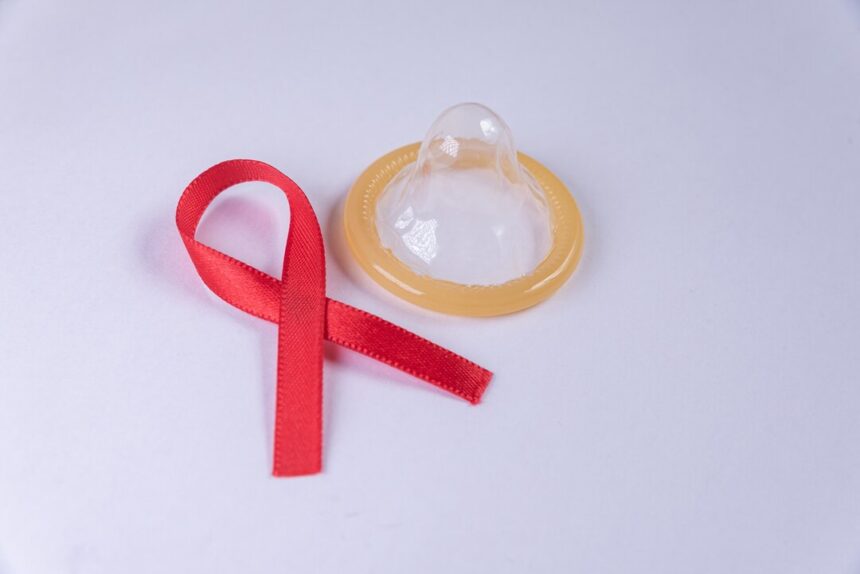Human Immunodeficiency Virus (HIV) remains a global health challenge, affecting millions of individuals worldwide. However, with advancements in treatment and care, HIV infection has become a manageable chronic condition rather than a death sentence. Effective management of HIV involves a multifaceted approach that includes medical treatment, lifestyle modifications, and support services. Here are ten strategies for managing HIV effectively:
1. Antiretroviral Therapy (ART): Antiretroviral drugs are the cornerstone of HIV treatment. ART works by suppressing viral replication, reducing viral load, and preserving immune function. Adherence to ART is crucial for achieving viral suppression and preventing disease progression.
2. Regular Medical Monitoring: Regular medical check-ups and monitoring are essential for assessing treatment response, detecting complications, and managing comorbidities associated with HIV infection. Monitoring typically includes CD4 cell counts, viral load testing, and screening for opportunistic infections.
3. Adherence Support: Adhering to the prescribed ART regimen is critical for maintaining viral suppression and preventing the development of drug resistance. Healthcare providers can offer adherence support through counseling, education, reminder tools, and medication adherence programs.
4. Prevention of Opportunistic Infections: People living with HIV are at increased risk of opportunistic infections due to compromised immune function. Preventive measures such as vaccination, prophylactic antibiotics, and antifungal medications can help reduce the risk of opportunistic infections and improve overall health outcomes.
5. Safer Sex Practices: HIV-positive individuals should practice safer sex behaviors, including consistent and correct condom use, to prevent the transmission of HIV to sexual partners. Additionally, pre-exposure prophylaxis (PrEP) may be recommended for HIV-negative individuals at high risk of HIV acquisition.
6. Routine Screening and Treatment of Sexually Transmitted Infections (STIs): HIV-positive individuals are at increased risk of acquiring and transmitting other STIs. Routine screening for STIs, prompt diagnosis, and treatment are essential for preventing complications and reducing the risk of HIV transmission.
7. Management of Comorbidities: HIV infection is associated with an increased risk of cardiovascular disease, metabolic disorders, bone loss, and certain cancers. Managing comorbidities through lifestyle modifications, medication management, and preventive interventions is essential for optimizing overall health outcomes.
8. Mental Health and Psychosocial Support: Living with HIV can be emotionally challenging, and individuals may experience stigma, depression, anxiety, and social isolation. Access to mental health services, peer support groups, and counseling can help individuals cope with the psychosocial impact of HIV and improve quality of life.
9. Substance Use Treatment: Substance use disorders, including alcohol and drug abuse, are common among individuals living with HIV and can adversely affect treatment outcomes. Access to substance use treatment programs, harm reduction services, and integrated care models is essential for addressing substance use issues and improving HIV care engagement.
10. Engagement in Care: Engaging in regular HIV care, maintaining open communication with healthcare providers, and actively participating in treatment decision-making are crucial for achieving optimal health outcomes. Encouraging patient empowerment, self-management skills, and involvement in care planning can enhance treatment adherence and overall satisfaction with care.
Effective management of HIV requires a comprehensive approach that addresses medical, psychosocial, and behavioral aspects of care. By implementing these ten strategies, individuals living with HIV can achieve viral suppression, maintain optimal health, and live fulfilling lives. Collaborative efforts between healthcare providers, community organizations, policymakers, and people living with HIV are essential for advancing HIV care and support services and ultimately ending the HIV epidemic. Continued research, advocacy, and investment in HIV prevention and treatment are essential for achieving the goal of an AIDS-free generation.










